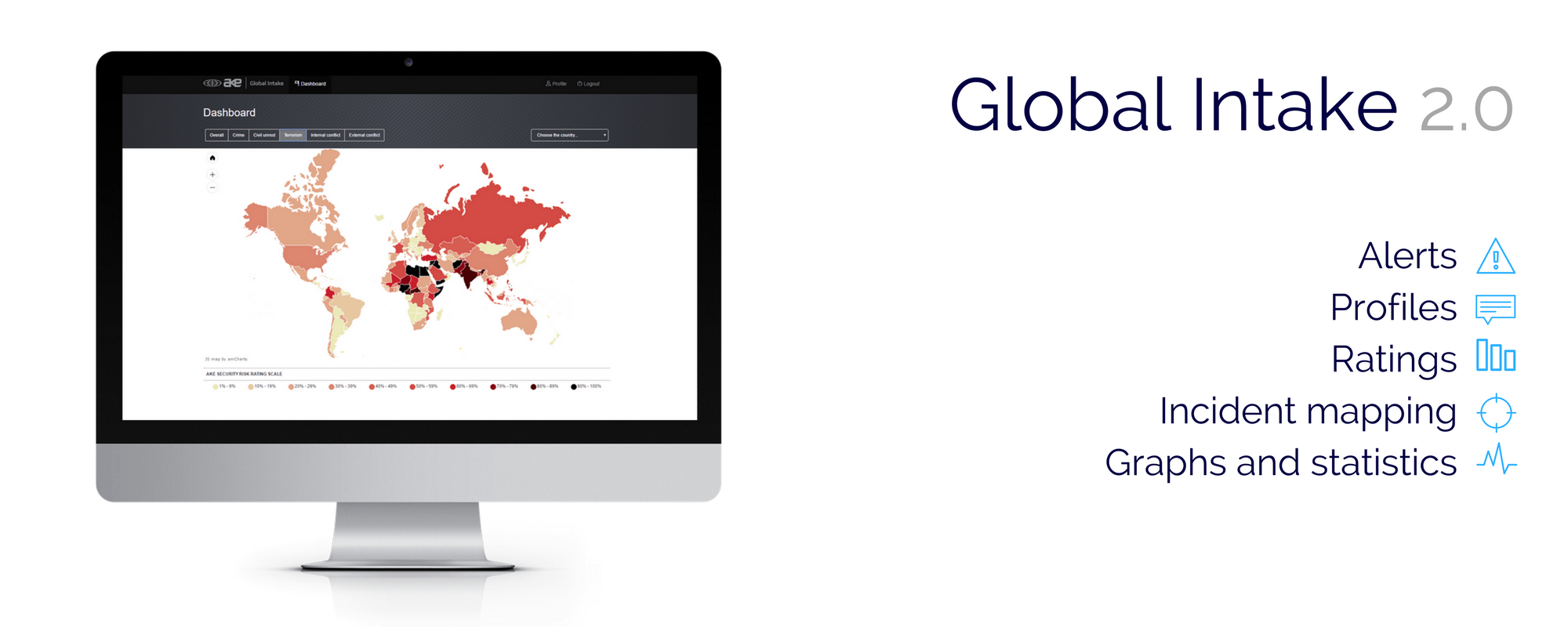Date first published: 13/12/2018
Key sectors: all
Key risks: internal conflict; political instability
Prime Minister Abiy Ahmed’s ambitious reform agenda was designed to assuage ethnic strife and foster political stability. It has had the opposite effect. The return of previously banned ethno-political movements into the political fold has caused inter-communal conflict to spike. Ahmed’s attempts to turn this to his advantage could precipitate a pushback within Ethiopia’s ruling coalition.
In mid-September, nearly 60 people died on the sidelines of an event celebrating the return of the Oromo Liberation Front from exile in Eritrea. Driven by nationalist sentiment, Oromo attackers targeted ethnic minorities in the outskirts of the capital Addis Ababa. Hundreds have been killed in similar ethnic clashes in 2018, leading to the displacement of 1.4 million people.
Ethiopia is no stranger to ethnic conflict. Deeply rooted rivalries between Ethiopia’s various communities led to the introduction of an ethnic-based federal system in the 1990s. Instead of mitigating frictions, the system has further entrenched a political culture based on ethnic affiliation. As a result, disputes over territory, funding and policing rights have regularly sparked bouts of violence in recent decades.
Ethiopia’s ruling coalition is in itself a reflection of this politicisation of ethnicity. Comprising four parties each representing a different ethnic group, the Ethiopian People’s Revolutionary Democratic Front (EPRDF) had traditionally been dominated by the Tigrayan People’s Liberation Front. Abiy Ahmed’s surprising rise to power as Ethiopia’s first Oromo Prime Minister in April, in the wake of two years of anti-government protests in Oromia, appeared to signal a genuine willingness by the EPRDF to become more responsive.
Since assuming office, Ahmed has initiated unprecedented political changes. Among these featured the removal of restrictive emergency laws passed in the wake of the 2016 protests and a crackdown on human rights abuses by the military. Most notably, Ahmed formally ended Ethiopia’s war with Eritrea and established official ties with its former arch-enemy.
Yet, paradoxically, the widening of political space has heightened rather than defused ethnic tensions. In his bid to increase political participation, Ahmed has welcomed several banned or exiled ethno-political movements back into Ethiopia. Their return has been accompanied by an increase in incendiary rhetoric and violence.
The proliferation of political parties has created discord within the EPRDF as well. The newcomers have created unwelcome competition for the government parties that once monopolised their respective ethnic constituencies. Moreover, recent moves by Ahmed to merge his Oromo Democratic Party with other Oromo groups – an obvious electioneering stunt ahead of elections scheduled for 2020 – have given rise to fears of a new era of Oromo hegemony. Faced with the rise of the newly formed National Movement of Amhara and the spectre of Oromo dominance, the Amhara Democratic Party, one of the EPRDF’s four constituent parties, has been increasingly vocal about the need for territorial adjustments in favour of the Amhara region. The long-dominant TPLF, meanwhile, has accused Ahmed of unfairly targeting ethnic Tigrayans in his corruption clampdown.
Rising opposition within the coalition could yet put a dampener on Ahmed’s ambitions. Until now, the EPRDF has cautiously backed Ahmed’s reform agenda. It is unclear whether he has enough clout to push on with his agenda if the coalition were to withdraw its support.
Eight months into office, Prime Minister Ahmed’s ascendancy is facing mounting obstacles. His reform drive is an experiment. Whether it succeeds remains to be seen.


